There are two main technologies commonly used today for measuring laser beam powers:
- Photodiode-based sensors, used for measuring low powers (from pW up to several hundred mW, typically); these are limited to spectral regions from the UV to the near IR, depending on the specific semiconductor used, and
- Thermal sensors, used for measuring higher powers; the most sensitive thermal sensors can measure from as low as tens of microwatts, and up to 100 KW and beyond.
Measure very low power laser beams
What if you need to measure very low power laser beams, say on the order of nanowatts, but with wavelengths in the mid or far IR region? This leaves you in a quandary:
- The low power would require a photodiode type sensor; however, photodiodes have a limited spectral range. Silicon works out to about 1100nm, while Germanium or InGaAs can go farther out to 1700nm or 1800nm. Using specialty photodiodes made of exotic materials is usually not a practical alternative.
- Thermal sensors with broadband absorbers can handle the wavelength part of the problem, but even the most sensitive models would not help when it comes to measuring powers as low as nW. Ophir’s most sensitive thermal sensor, the 3A, can measure down to 10uW – impressive for a thermal sensor, but still not a solution in this example.
So we have a gap that looks like this:

Bridging the gap
To bridge this gap, Ophir has introduced the RM9 Radiometer System. It’s a sensor for measuring the power of very low level CW or quasi CW sources, over a very broad spectral range from the UV to the deep IR.
It makes use of a pyroelectric detector, which has the spectral bandwidth needed. The high degree of sensitivity required (to measure the very low powers in question) is made possible by a combination of two critical components: a chopper and a “lockin amplifier.” Here’s the idea: The chopper, in effect, turns the beam into a pulsed beam.
It works at a specific rate of 18Hz; the pyroelectric detector then senses the beam and, with the help of a lockin amplifier, any signal that is not pulsing at 18Hz is ignored. This approach keeps the noise level very low, and because of this the RM9 can measure powers as low as 100nW.
Here you can see the RM9 Radiometer connected to a Vega meter:

You simply connect the BNC cable from the chopper to the sensor’s electronics module and then connect the module to a suitable Ophir meter, such as the Vega. Setting up the measurement parameters in the Vega (range, wavelength, etc.) is then done as with any standard Ophir Smart Sensor.
The current model can measure powers ranging from 100nW to 100mW, and is specified for the spectral range from 0.15um to 12um.
Further information on the RM9 Radiometer can be found on our web site, including full specifications, a video overview, FAQs, and related resources.
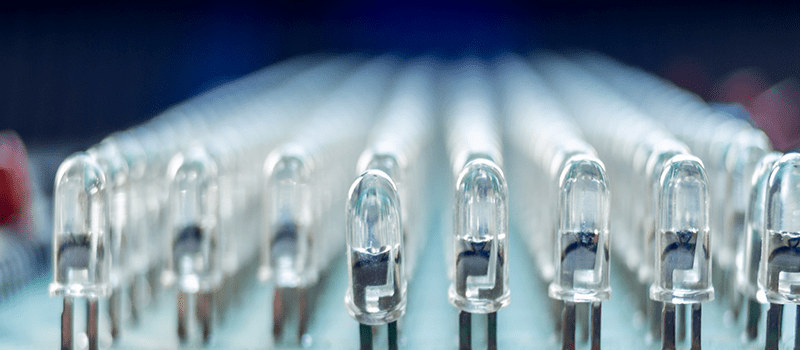

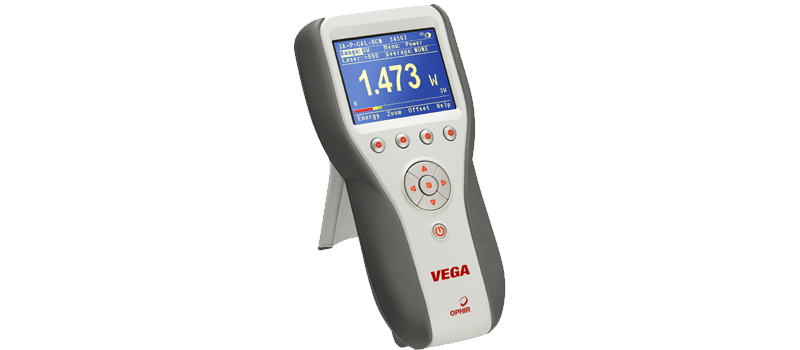
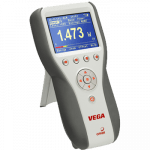
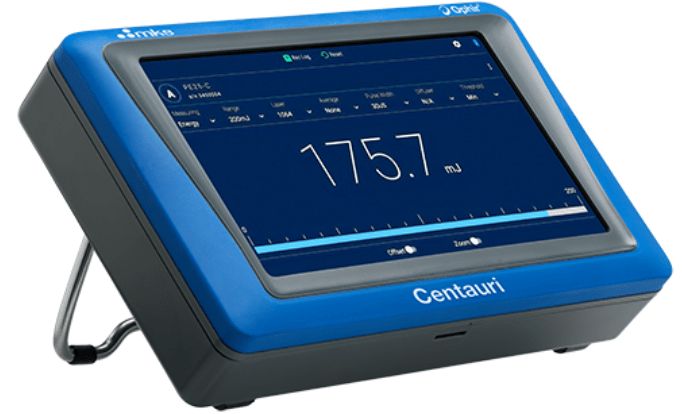
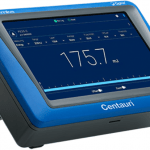


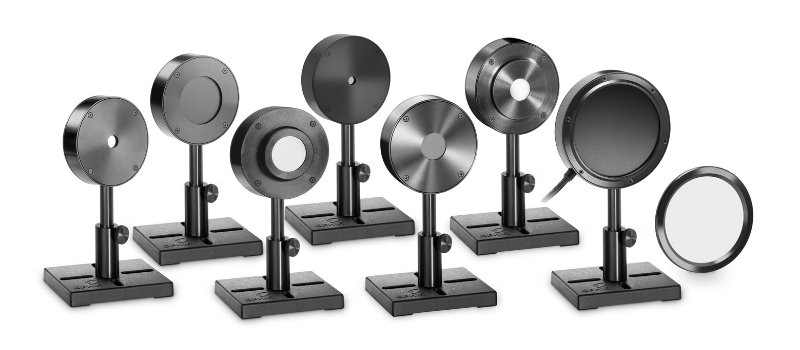
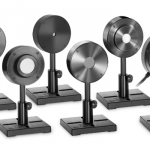
Leave a Reply
Your email address will not be published. Required fields are marked *